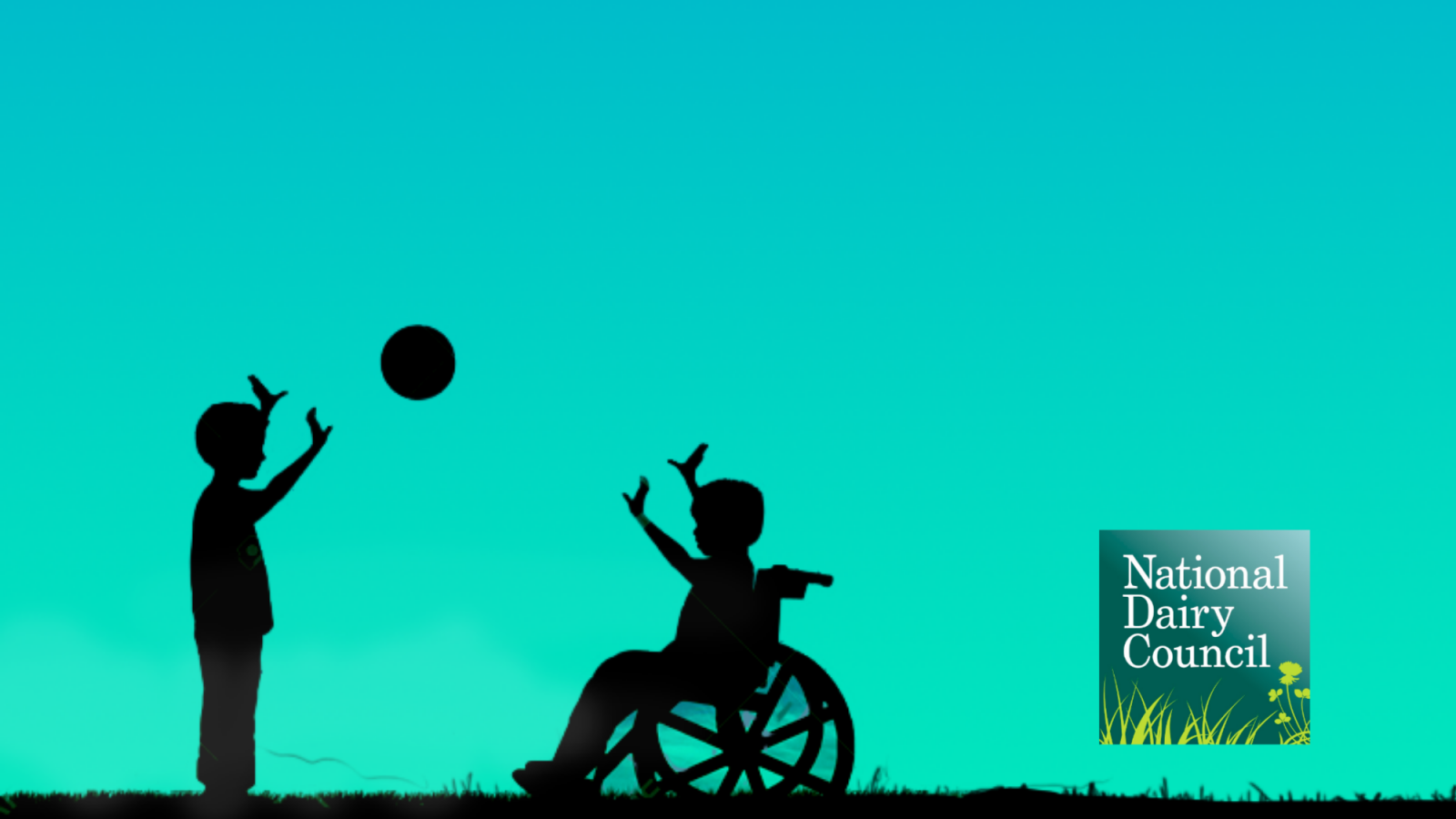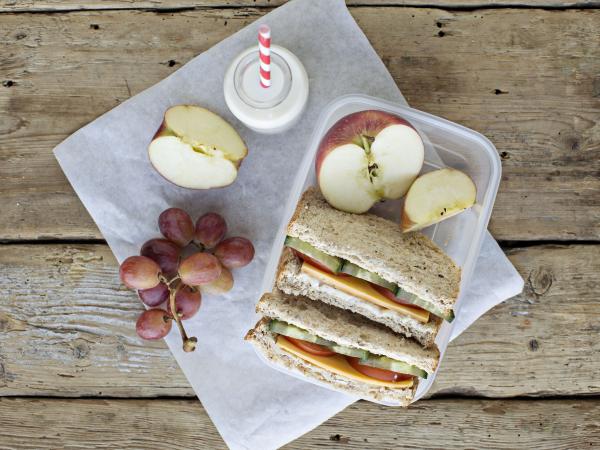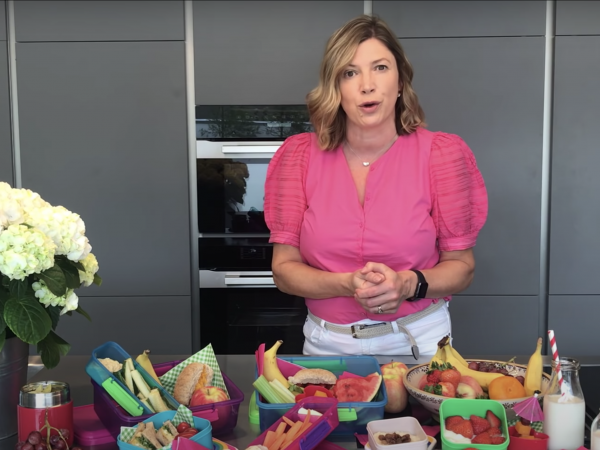
Inclusive Camps
Our camps are designed to meet the needs and abilities of every child and is delivered by CARA trained coaches.
Where required, an additional known carer for the child must be able to attend the camp and assist and engage with all the child’s additional needs, eg, feeding, toileting etc. .
At camp, our athletes will get to sample a wide range of sporting and physical activities such as; Basketball, Football, Rugby, Athletics, Dodgeball, Boccia, Volleyball and Cricket! It promises to be great fun for our Camp Athletes.
The Sport Ireland Campus’ Inclusive Multi Sports Camp are modelled upon our successful Summer Camp and academy programs.
HEALTH & SAFETY PROTOCOLS:
- There will be a temperature check of each camp participant on arrival. If you fail the temperature check, you will be not be permitted access to the summer camp
- In advance of the activity, participants should should only travel to the activity venue alone or with members of the same household.
- We ask participants and parents not to congregate at the beginning or end of the activity. Please arrive in time for sign-in and temperature check at your drop-off zone 5 minutes before your designated start of camp. Drop off will not be permitted before this time.
- Each participant must have their own water bottle, bag, lunch.
- Children will be asked to hand sanitise throughout the day
- We ask you to tell and encourage your children to adopt good respiratory hygiene, covering their nose etc all participants should be advised to stay home if they feel unwell, and to consult their GP. If a participant becomes unwell during the activity, they should be isolated from other participants and return home as soon as possible.
- There will be no access to any changing facilities for any reason.
- If a participant becomes unwell during the camp, they will be brought to a safe isolation room away from other participants and a parent will be contacted to return them to home as soon as possible
- Emergency First Aid – Summer Camp supervisors will have emergency first aid equipment and have been trained on how to perform emergency first aid using PPE.
- Health Declaration – each participant agrees to the health declaration terms and conditions when signing up, and will reconfirm status prior to start of summer camp.
Keep it Balanced
Typically, a packed lunch should contain all of the major food groups:
Ø 1 portion of starchy carbohydrate (e.g. wholegrain breads, pittas and wraps, brown rice/pasta)
Ø 1 portion of meat or meat alternative (e.g. chicken, fish, egg, pulses)
Ø 1 portion of dairy (e.g. yogurt, cheese)
Ø 1 or more portion of vegetable (e.g. carrot sticks, peppers, sweetcorn, lettuce, onion)
Ø 1 or more portion of fruit (e.g. apple, orange, banana, pear, kiwi)
Ø A drink of water and/or milk
Some Tips:
ü Be prepared and organised – preparation in advance will not only save you time, but will reduce the chances of opting for last minute ready-made lunches or convenience foods which can be high in sugar, fat and salt.
ü Get the kids involved – learning about food and nutrition are important life skills and should be encouraged from an early age. Children are more likely to be interested in their lunches if they have helped to choose and prepare them. Don’t be afraid to let them experiment!
ü Try new foods – trying new foods from an early age plays a huge role in a child’s willingness and acceptance of different foods. Children’s food preferences evolve as their palates mature, so continuously encouraging them to try new and different foods is a crucial step in their development of good eating habits.
ü Shake things up – variety is key, not only does variation in the diet provide nutritional benefits, but reduces boredom and lack of interest in food. This is particularly important for children and teenagers, as they can be prone to becoming fussy eaters.
ü Consider presentation – it is worth spending that extra few minutes on presentation, especially for younger children. Aim for a variety of shapes, colours and textures in the lunchbox. The more pleasing a packed lunch looks; the more likely kids are to eat and enjoy it. It may be worth investing in colourful, easy-open Tupperware, lunchboxes and thermos flasks to liven up lunchtime.
‘Dairy-licious Ideas
The Department of Health advise 3 servings from the ‘milk, yogurt and cheese’ food group each day for those aged 5 years and up; with 5 servings recommended for 9-18-year olds due to the importance of calcium during this life stage
Help your child boost their calcium intake with these lunchbox ideas:
• a container/mini-carton of milk (200ml)
• a pot of yogurt, homemade smoothie or rice pudding
• a matchbox-size (25 g) piece of cheese such as cheddar, edam or gouda.
Lunchbox ideas Sandwich fillers: - Avocado, crunchy peppers and cheddar - Tuna and sweetcorn, spinach leaves and mayonnaise - Chicken, mixed salad and tomato relish - Turkey, grated cheddar and tomato
Sandwich alternatives: - Pesto pasta salad with chicken and peppers - Mild spiced couscous with roasted veg and chickpeas - Brown rice salad with sliced hardboiled egg, avocado and spring onion - Homemade soup and brown bread
Snacks: - Carrot and red pepper sticks with hummus - Cubed cheddar cheese with grapes - Fruit salad with yogurt and seeds - Fresh fruit smoothie made with milk or yogurt
Alternative Sweet Treats: - Homemade flapjacks - Homemade banana bread - Mini box of raisins/ dried fruit


